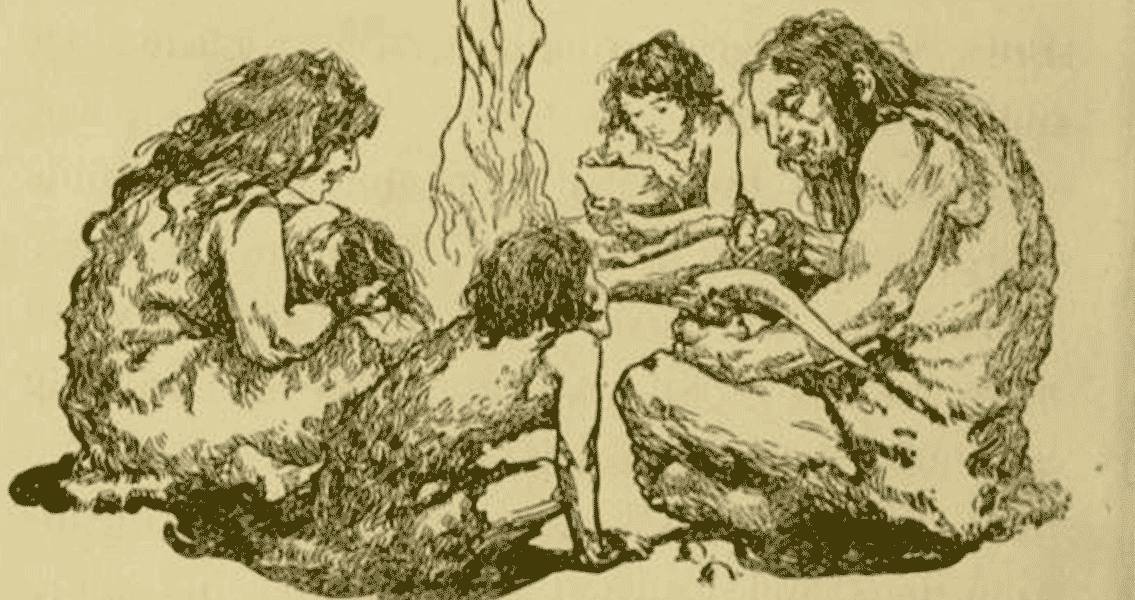<![CDATA[Earth's climate is very dynamic, meaning it has changed throughout the course of human history. This was especially true when hominins (a species of apes related to humans) first appeared on the earth. During this time the planet endured drastically interchanging moist and dry periods. Because of these constant changes, our ancestors had to quickly adjust to new conditions. Peter B. deMenocal from the Lamont-Doherty Earth Observatory at Columbia University is one of many scientists studying the effects of climate change on human intelligence. He states that although the links between the two might seem coincidental, there is some evidence that can be used to test the hypothesis. One of the theories being explored is that evolution happened due to frequent climate change rather than adaption to specific habitats. Rick Potts from Smithsonian Magazine's Human Origins Program is one of the biggest proponents of this theory. He calls it "variability selection" and argues that it explains two periods of human evolution. The first example he gives happened between 2.5 and 3 million years ago, when the first "Homo" species appeared. The second happened between 1.5 and 2 million years ago, when Homo erectus originated. Homo erectus had a bigger brain than its predecessor, and pioneered the use of tools such as double axes. Potts argues that these dramatic evolutionary events happened as a result of changes in the earth's climate. When the first "Homo" species appeared 3 million years ago, Africa had started to dry out and change from wooded areas to open grassland. Since there were fewer trees for the hominin to climb on, they had to start walking upright to scavenge along the ground for food. deMenocal's current study is going even further by analysing evidence such as the sediment along Africa's coast. He has found that there were alternating periods of dry and wet climate lasting 20,000 years each, coinciding with the development of Homo erectus. This corroborates with another recent find by geography expert Mark Maslin, who studied the Great Rift Valley and found that the earth went through rapid changes 1.7 million years ago and 2.5 million years ago. Both Maslin and deMenocal agree that their studies are compatible. DeMenocal is now looking at dental fossils in an attempt to prove the links between evolutionary jumps and these sharp changes in climate. There is still a chance that the relationship between climate and evolutionary change is purely coincidental. For example, one alternative explanation is that during wet periods females became closer to males, allowing sexual selection to kick in and dictate evolution. deMenocal is confident that this is not the case, and is gathering more evidence to verify his hypothesis. ]]>
Climate Change May Have Made Man Intelligent
